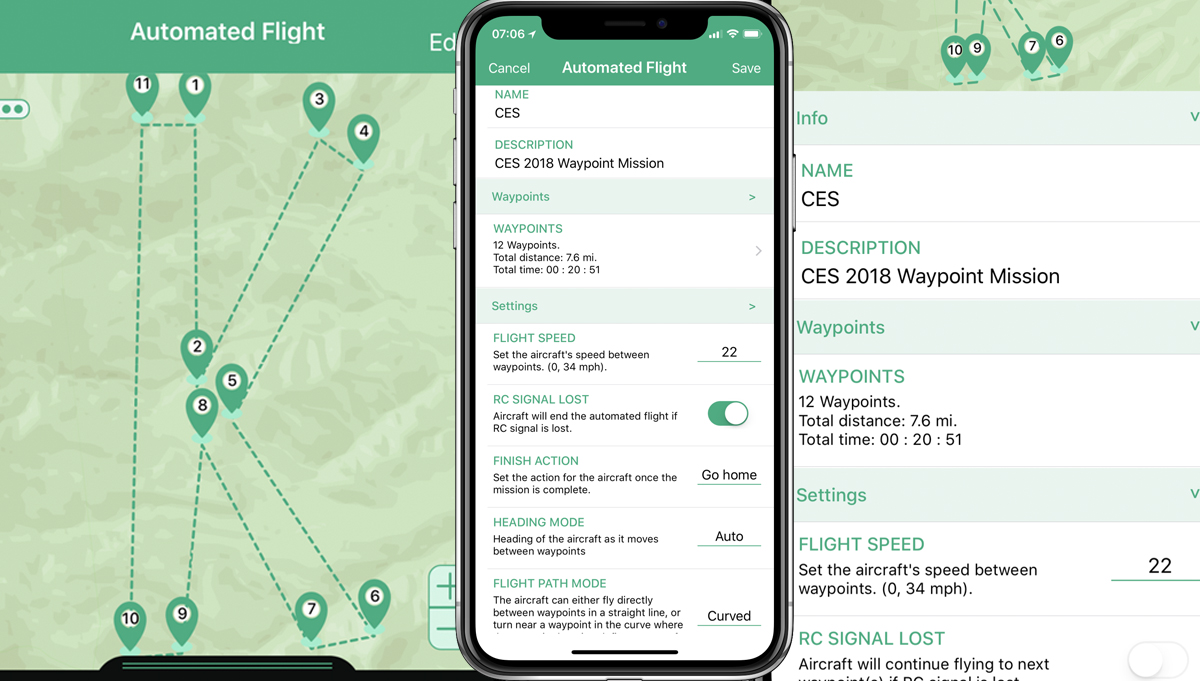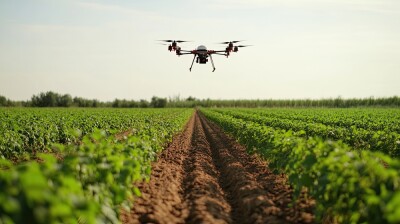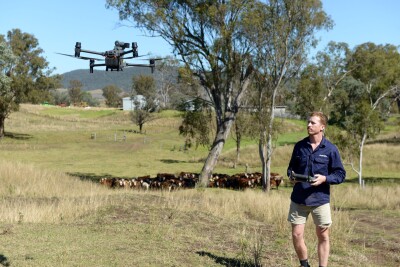At Drone World Expo last year, Kittyhawk announced a new Risk Assessment system and workflow to help drone operators fly in a safe and compliant manner. This tool to centralize countless pieces of information demonstrated the drone flight management company’s commitment to ensuring that operators can efficiently plan and fly their missions. Their first announcement for 2018 takes that commitment to another level though.
To help kick off CES, KittyHawk announced that they’re adding an automated flight system to their Flight Deck feature set to work in conjunction with their recently released secure live streaming feature. With it, operators can plan missions in the Kittyhawk mobile application and then execute the entire flight from takeoff to landing. This new feature is something that Kittyhawk Co-Founder & Chief Pilot Joshua Ziering believes will be able to resolve some specific challenges that operators of all sizes are currently dealing with.“Automated flights allow an operator to focus on being able to capture the information they need, rather than focusing on piloting the aircraft,” Ziering told Commercial UAV News. “By front-loading the work of choosing a flight path, operators now have the luxury of being able to pay closer attention to what the drone is capturing instead of where it needs to be flying.”To give one specific example, the Kittyhawk team mentioned that this capability will allow someone working in law enforcement to set the drone to fly the perimeter of a scene. Their entire team can then securely access a video feed right from their mobile devices and give audio feedback to the operator in real time.As ever, operating a drone in a safe and legal manner should be the top concern for enterprise users, especially since Kittyhawk’s new automated flights feature could technically be used to conduct flights beyond visual line of sight (BVLOS). That’s part of the reason the app has incorporated safety features to ensure operators are not able to initiate an automated flight to a place beyond the range of the radio and drone. Kittyhawk software uses the geolocation of the operator to show only flights that are possible to complete and help operators avoid mistakes.In looking at the most critical developments for 2018 as a whole, these kinds of autonomous capabilities were the exact sort of thing we identified as being necessary to improve drone performances in commercial applications and open up new opportunities for operators and businesses as a whole. The ability to plan, save and fly missions while live streaming secure audio and video should positively impact considerations around when and how info can be gathered via a drone.These new features join the list of other powerful features available within the Kittyhawk system. Anyone familiar with Flight Deck should have no issue getting up and running with these new automated flight features, but what kind of a learning curve is someone looking at in order to utilize these new features if they’re otherwise unfamiliar with the software?“Like all the features of the Kittyhawk platform, we give a lot of love and care to how the product works for someone who never has used it before,” Ziering said. “Provided a person has a rudimentary understanding of drones, they should be able to plan and execute their first automated flights within just a few minutes of using Kittyhawk’s app.”For more about the automated flight system on Flight Deck, visit the Kittyhawk website.Subscribe
The information you submit will be stored and used to communicate with you about your interest in Commercial UAV News. To understand more about how we use and store information, please refer to our privacy policy.
January 8, 2018
New Features from Kittyhawk Enable Drone Operators to Conduct Automated Flights
















Comments